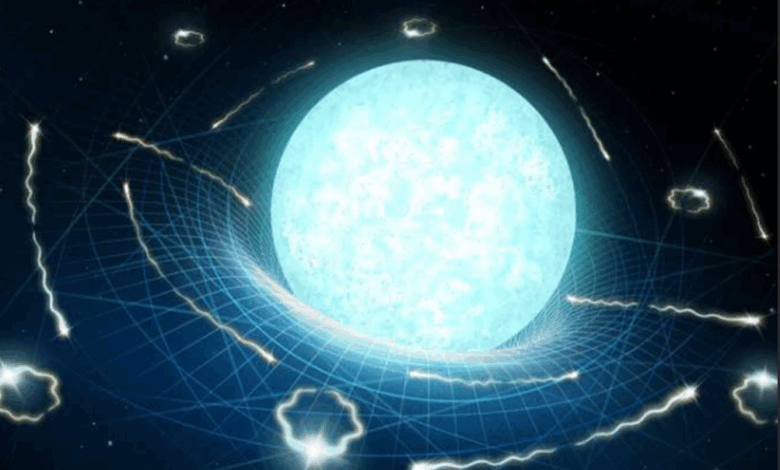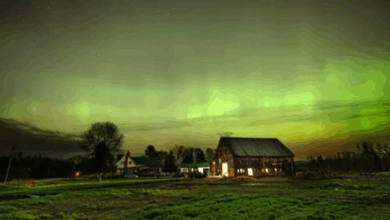Universe expected to decay in 10⁷⁸ years, much sooner than previously thought

The universe is dying much faster than thought. This is shown by estimates of three Dutch scientists on the so-called Hawking radiation. They figure that the last star remains take about 1078 years to die. That is much shorter than the earlier stated 101100 years.
The experts have published their results in the Journal of Cosmology and Astroparticle Physics.
The study by black hole expert Heino Falcke, quantum physicist Michael Wondrak, and mathematician Walter van Suijlekom (all from Radboud University, Nijmegen, the Netherlands) is a follow-up to a 2023 paper by the same trio.
In that study, they showed that not only black holes but also other things, such as neutron stars, can “evaporate” via a process similar to Hawking radiation. After that release, the researchers got many questions from inside and outside the scientific community about how long the process would take. They have now answered this question in the new piece.
Ultimate end
The experts estimated that the end of the universe is about 1078 years away, if only Hawking-like radiation is taken into account. This is the time it takes for white dwarf stars, the most durable heavenly things, to decay via Hawking-like radiation.
Previous studies, which did not take this effect into account, put the lives of white dwarfs at 101,100 years. Lead author Heino Falcke said, “So the ultimate end of the universe comes much sooner than expected, but fortunately it still takes a very long time.”
The researchers did the numbers dead seriously and with a smile. The base is a rethinking of Hawking radiation. In 1975, scientist Stephen Hawking proposed that, counter to the theory of relativity, particles and radiation could escape from a black hole. At the edge of a black hole, two brief particles can form, and before they join, one particle is sucked into the black hole and the other particle escapes.
One of the effects of this so-called Hawking radiation is that a black hole very slowly decays into particles and radiation. This defies Albert Einstein’s theory of relativity, which says that black holes can only grow.
Neutron star as slow as black hole
The experts determined that the process of Hawking radiation theoretically exists. The calculations further showed that the evaporation time of an item depended on its density.
To the researchers’ surprise, neutron stars and stellar black holes take the same amount of time to decay: 1067 years. This was surprising because black holes have a bigger gravity field, which should cause them to disappear faster.
“But black holes have no surface,” says co-author and graduate researcher Michael Wondrak. “They reabsorb some of the radiation, which inhibits the process.”
Man and moon: 1090 years
Because the experts were at it anyway, they also estimated how long it takes for the moon and a person to disappear via Hawking-like radiation. That’s 1090 years. Of course, the experts quietly note, there are other processes that may cause people and the moon to disappear faster than predicted.
Co-author Walter van Suijlekom, professor of mathematics at Radboud University, adds that the study is a partnership of different fields and that mixing astronomy, quantum physics, and mathematics leads to new discoveries.
“By asking these kinds of questions and looking at extreme cases, we want to better understand the theory, and perhaps one day, we will understand Hawking radiation.”




